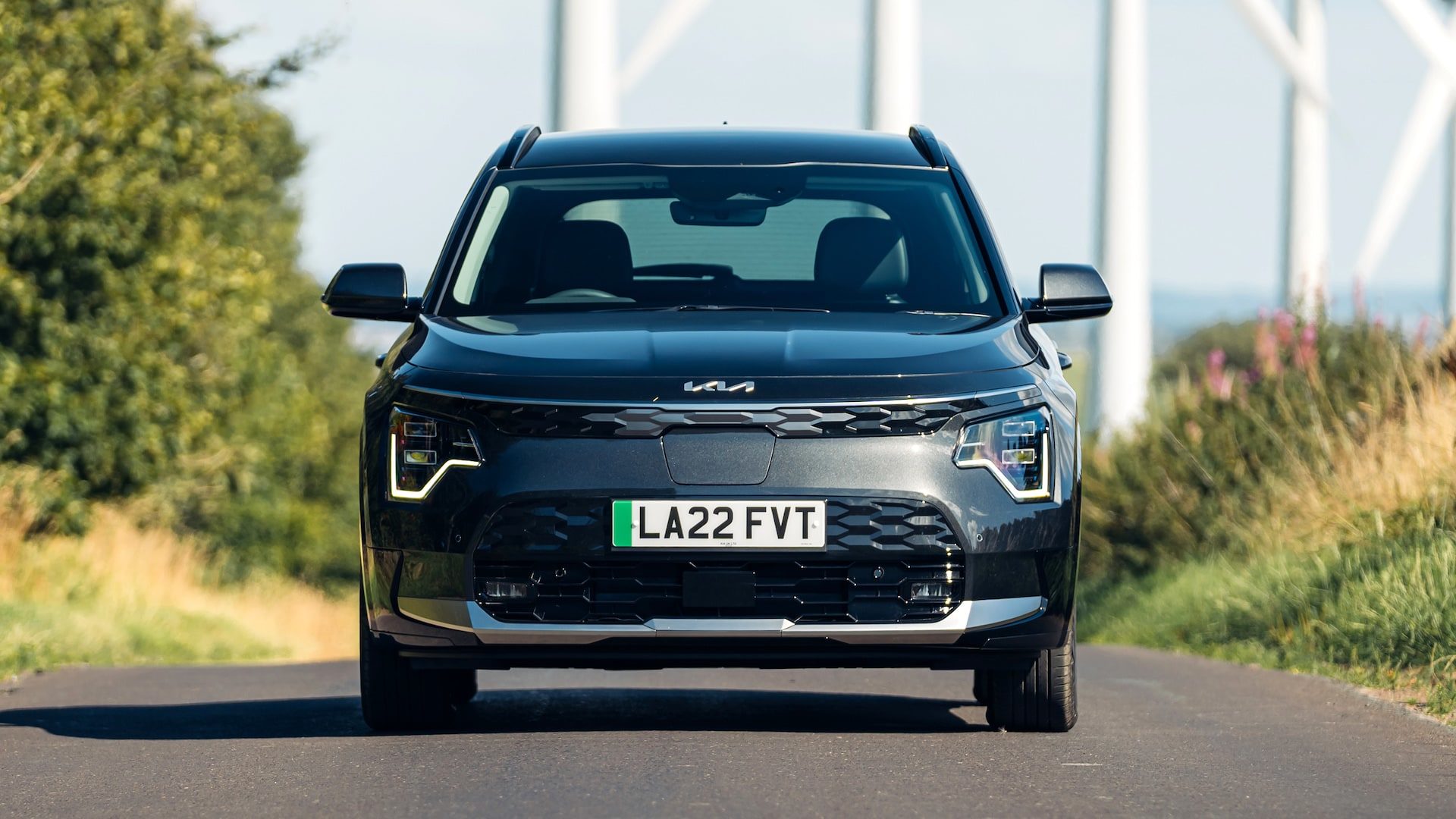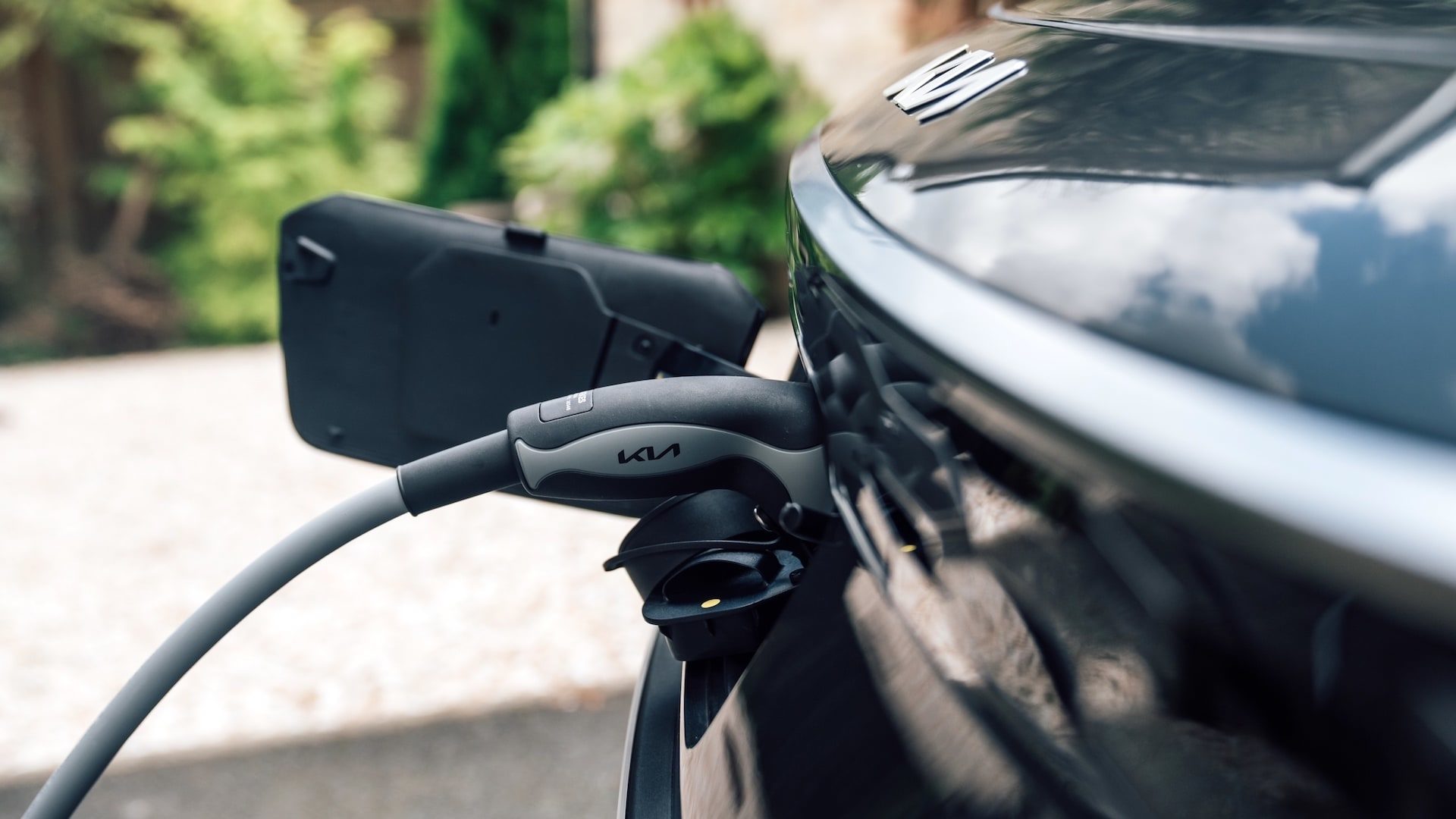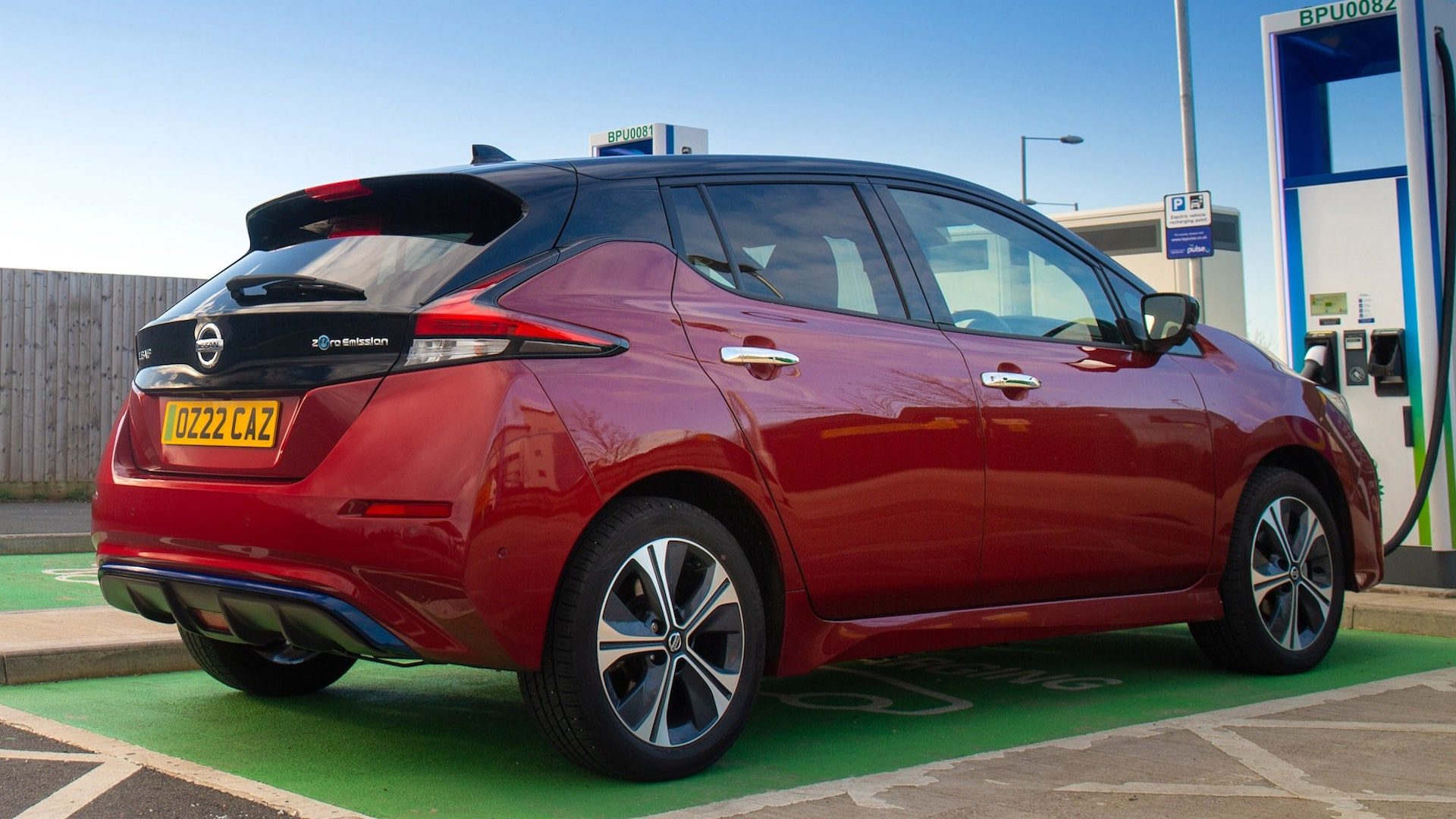
Government fleet managers have made Kia their top choice when it comes to procuring low-emissions vehicles.
Data obtained by The Times newspaper includes details of cars that make up the government’s central fleet. Interestingly, some 82 percent of the low-emissions vehicles are Kias.
In total, the government’s central fleet of 680 plug-in vehicles includes 449 examples of the plug-in hybrid Kia Niro, along with 110 of the Sportage PHEV.
Brits fewer than five percent

The Times points out that UK-produced cars account for fewer than five percent of the plug-in vehicles leased or purchased for the government fleet.
Just 25 Nissan Leafs (produced in Sunderland), and seven Land Rover Discovery Sports (made in Halewood), are among the 680 cars.
Although 36 examples of the Jaguar I-Pace have been procured for fleet use, these are built by Magna Steyr in Graz, Austria. The I-Pace is also the most expensive new car purchased for government use.
Government procurement rules require departments to consider ‘zero or ultra low emission at tailpipe’ vehicles as the default choice.
Plug-ins are prioritised

The Government Buying Standards also dictate that procurement managers must choose cars with a five-star Euro NCAP safety rating. There is no requirement to prioritise UK-made vehicles, however.
Reducing carbon emissions is central to government fleet objectives. The Greening Government Commitments include a target for 25 percent of the government car fleet to be ultra-low emission vehicles (ULEVs) by 31 December 2022. This increases to 100 percent by 2027.
Data from September 2022 showed that 25.5 percent of central government cars were ULEVs, reaching the target three months ahead of schedule.
Technology and decarbonisation minister Jesse Norman said: “It’s critical that progress in decarbonising fleets is matched elsewhere. We will continue to forge ahead, to complete the switch by 2027 and help make the UK a world leader in decarbonisation.”
ALSO READ:
Top reasons for MOT test failures revealed